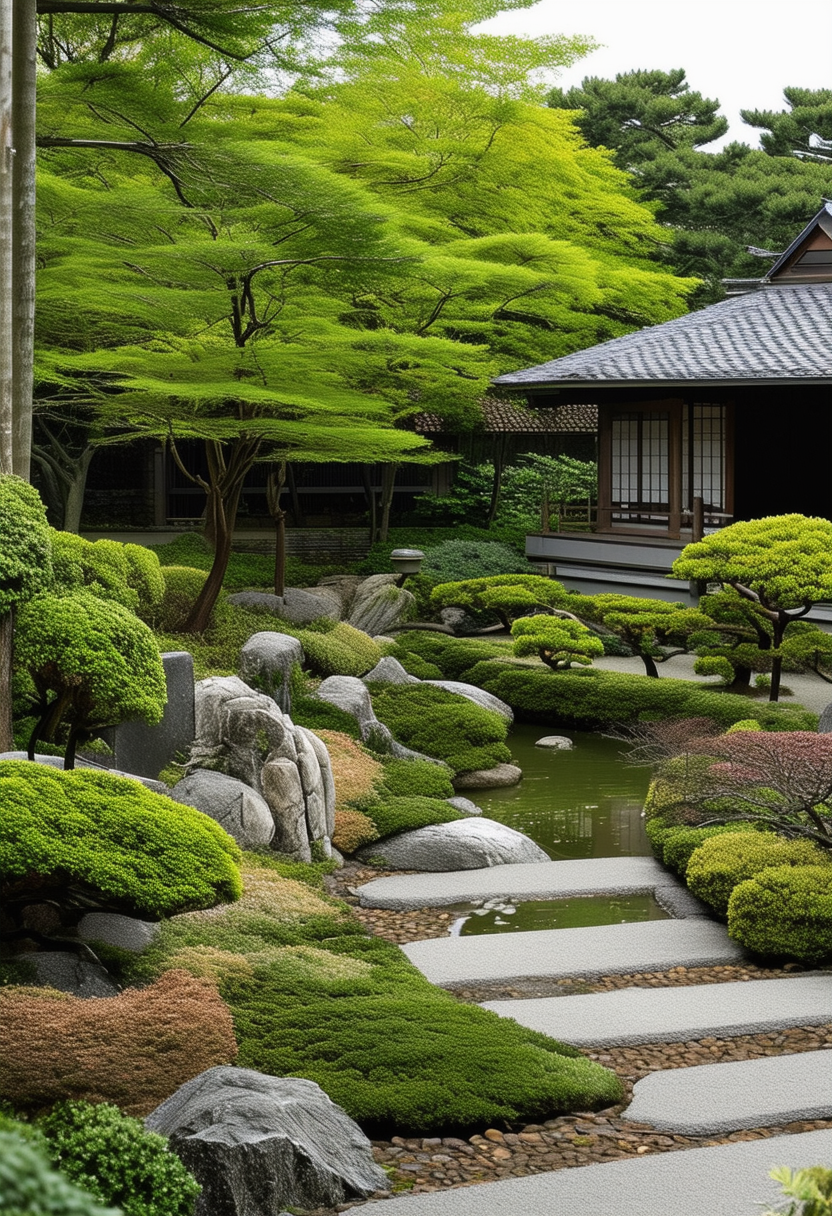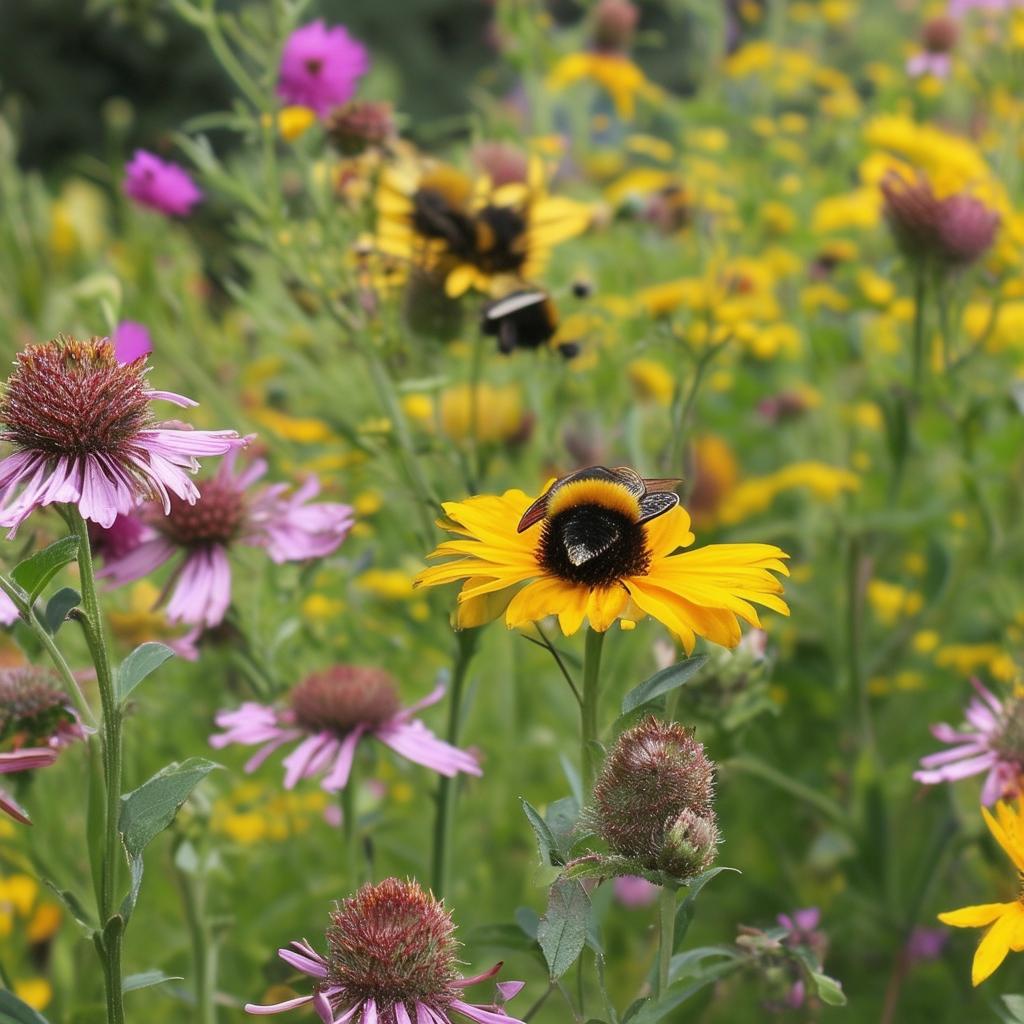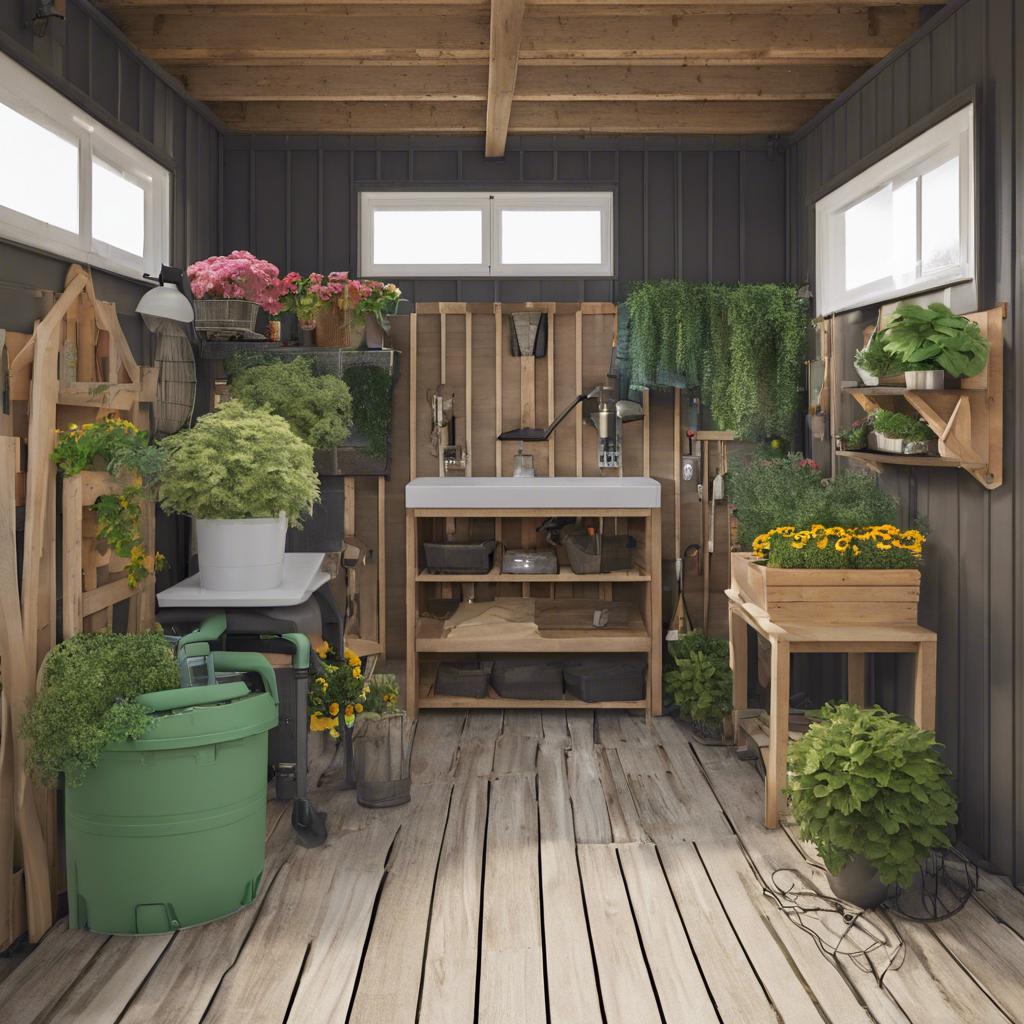In a world fraught with chaos and noise, there exists a sanctuary of peace and tranquility waiting to be discovered. Nestled among the hustle and bustle of modern life are the serene and captivating Japanese gardens, where nature and artistry harmoniously blend to create a serene oasis for the soul. These ancient havens offer a respite from the clamor of everyday life, inviting visitors to slow down, breathe in the fresh air, and immerse themselves in the beauty of the natural world.
From the meticulously raked gravel paths to the graceful arching bridges, every element of Japanese gardens is carefully designed to evoke a sense of harmony and balance. Stepping into these tranquil spaces is like stepping into a different world, where time slows down, and worries fade away. Join us on a journey of discovery as we explore the enchanting allure of Japanese gardens and unlock the secrets to finding inner peace amidst the chaos of the modern world.
Captivating Features of Japanese Gardens
Japanese gardens are renowned for their captivating features that embody the essence of tranquility and harmony with nature. One of the key elements that make these gardens so special is the use of carefully curated plant species that are meticulously arranged to create a sense of balance and serenity. From delicate cherry blossom trees to lush greenery, each plant is selected for its symbolic meaning and contribution to the overall aesthetic of the garden.
Another mesmerizing feature of Japanese gardens is the use of water elements such as ponds, streams, and waterfalls. These features not only add a sense of movement and life to the garden but also symbolize the soothing and flowing nature of water. The gentle sound of trickling water and the reflections of surrounding plants create a peaceful atmosphere that encourages contemplation and relaxation.
| Feature | Description |
|---|---|
| Bridge | Architectural element that symbolizes the journey from the mundane to the spiritual. |
| Stone lanterns | Traditional Japanese lanterns that illuminate the garden at night, creating a mystical ambiance. |
| Moss garden | An area covered in lush, vibrant moss that adds texture and color to the garden. |
One of the most striking aspects of Japanese gardens is the meticulous attention to detail in every aspect of their design. From carefully raked gravel patterns to intricately pruned trees, every element is thoughtfully considered to create a harmonious and balanced space. Visitors to Japanese gardens often find themselves captivated by the intricate beauty and profound sense of peace that these spaces evoke.
Embracing Serenity in Traditional Japanese Garden Design
Step into a world of tranquility and harmony with the timeless beauty of traditional Japanese garden design. Embracing the principles of simplicity, balance, and natural beauty, these serene landscapes offer a peaceful retreat from the chaos of modern life.
One of the key elements of Japanese garden design is the use of carefully curated elements to create a sense of harmony and balance. This includes features such as stone lanterns, water basins, and meticulously pruned trees and shrubs. Each element is thoughtfully placed to create a sense of flow and serenity throughout the garden.
| Stone Lanterns | Create a warm and inviting ambiance |
| Water Basins | Reflect the beauty of the surroundings |
| Pruned Trees | Add a sense of structure and order |
Take a moment to pause and reflect as you meander through a traditional Japanese garden. Listen to the gentle rustling of the bamboo leaves, breathe in the fragrant scent of cherry blossoms, and feel the cool touch of pebbles beneath your feet. In the midst of these simple yet profound experiences, find peace and serenity in the beauty of nature.
Connecting with Nature: Essential Elements of Japanese Garden Landscaping
Japanese gardens are meticulously designed to create a harmonious and peaceful environment that allows visitors to connect with nature on a deeper level. One of the essential elements of Japanese garden landscaping is the use of natural materials such as rocks, gravel, and wood. These elements are carefully arranged to mimic the natural landscape, with each element serving a specific purpose in enhancing the overall aesthetic and tranquility of the garden.
Water features, such as ponds and streams, are also integral components of Japanese gardens. The gentle sound of flowing water and the sight of koi fish swimming gracefully add to the sense of serenity and contemplation that Japanese gardens are renowned for. Water features are strategically placed to create a sense of balance and harmony within the garden, inviting visitors to pause and reflect on the beauty of nature.
Another important aspect of Japanese garden landscaping is the use of plants and trees to create a sense of seasonal beauty. Cherry blossoms, maple trees, and bamboo are commonly found in Japanese gardens, each symbolizing the changing of seasons and the fleeting nature of life. The careful selection and placement of plants are meant to evoke a sense of tranquility and mindfulness, encouraging visitors to appreciate the beauty of nature in all its forms.
Tips for Creating a Peaceful Retreat with Japanese Garden Inspiration
Looking to create a peaceful retreat in your own backyard? Take inspiration from the tranquility of Japanese gardens. Incorporating key elements of traditional Japanese garden design can help you create a serene and harmonious space that promotes relaxation and mindfulness.
1. Embrace simplicity: Japanese gardens are known for their minimalist design, so keep your space clutter-free and uncluttered. Opt for clean lines and simple shapes when choosing furniture and décor. Use natural materials like wood, bamboo, and stone to create a sense of harmony with the outdoors.
| Tip: | Choose neutral colors like white, beige, and grey to create a calm and serene atmosphere. |
2. Focus on nature: Incorporate elements of nature into your garden, such as water features, rocks, and plants. Consider adding a small pond or stream, a stone lantern, or a bamboo fence to bring a sense of tranquility to your space. Arrange plants in a naturalistic way, using a mix of evergreen shrubs, moss, and flowering trees.


